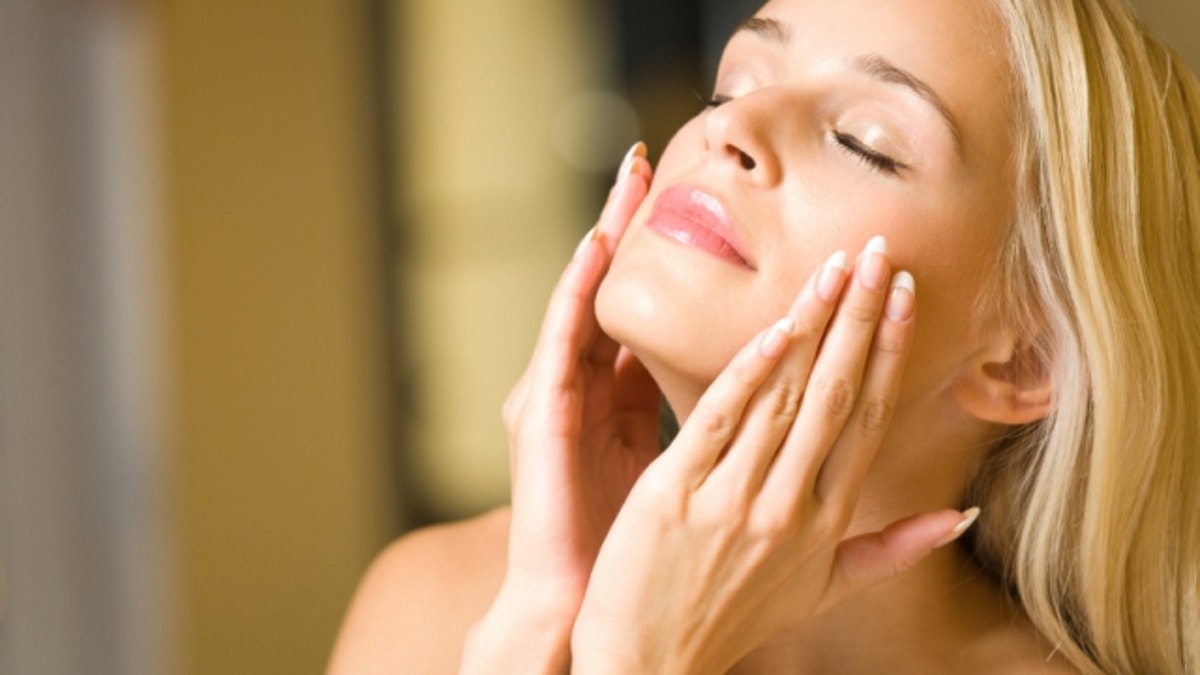
Washing your face seems easy enough: Lather, rinse, dry, done. But with oodles of product options, dizzying ingredient labels, and pie-in-the-sky promises, cleansing can be pretty confusing. “You would be surprised how few women wash their face properly,” said Dr. Barney Kenet, a dermatologist in New York City.
Still, if you want a clear, cooperative complexion, it’s an essential skill to master. “Everyone needs to wash her face at night to remove makeup, sunscreen, dirt, oil, and bacteria,” noted Dr. David E. Bank, a dermatologist in Mount Kisco, New York. “Using water alone can remove only about 65 percent of oil and dirt from skin,” setting you up for breakouts and other problems, Bank explained.
Using the right wash will keep your skin healthy and functioning properly. The trick is picking the right product and using it correctly. Follow these steps for better skin in a splash–er, flash.
Step 1: Choose your cleaning crew
Whether your cleanser comes in a bar, bottle, or towelette, it contains ingredients that dissolve dirt, oil, and makeup, said Jim Hammer, a cosmetic chemist in Uxbridge, Massachusetts. But beyond that, there’s a world of difference in the forms that cleansers take. Here are the most common types; find out which one is best for your skin. [And the best skin cleansers for your age.]
Bars
Slabs of soap get a bad rap, because some can leave your face feeling like it’s in a plaster mask. But not all bars are bad news.
Traditional soaps—those basic blocks we know so well—are usually made of fatty acids mixed with sodium hydroxide. They’re best used sparingly because of their potential to sap skin of moisture.
Combination bars use traditional fatty-acid soap with synthetic ingredients, so they’re milder than typical bars and good for most skin types. Derms’ fave: Dove Sensitive Skin Unscented Beauty Bar ($4 for 2; amazon.com).
Syndet (synthetic detergent) bars are soap-free cleansers in block form. Look for sodium lauryl sulfate on the label. They work on all skin types, Hammer said.
Transparent soaps use glycerin, propylene glycol, and sorbitol in place of fatty acids, producing a clear bar that’s suited to acne-prone skin.
Foaming gels and lotions
These cleansers “are typically oil free and water based, making them best for oily skin,” said Kenet, author of How to Wash Your Face.
One to try: Lancôme Crème Mousse Confort ($25; lancome-usa.com). Sensitive types should note that the lathering effect can be a little drying, added Dr. Ranella Hirsch, a dermatologist in Cambridge, Massachusetts.
Non-foaming creams
Cream-based cleansers are good for dry, sensitive skin. “They leave a moisturizing film on the skin, which can prevent irritation,” said Dr. Cynthia Bailey, a dermatologist in Sebastopol, California. Our pick: Origins Pure Cream Rinseable Cleanser ($20; origins.com).
Oils
Cleansing oils gently erase dirt and add moisture. Try Sephora Supreme Cleansing Oil ($14; sephora.com). However, “if you’re sensitive, oils may not be for you,” Hirsch said.
Towelettes
When you’re making the mad dash from office to gym to dinner, cleansing cloths can be a godsend. We like Garnier The Refreshing Remover Cleansing Towelettes ($6; mass retailers). “But they don’t clean as thoroughly as water and a cleanser, so they should be used only if you can’t get to a sink,” said Dr. Debra Jaliman, a New York City dermatologist and author of Skin Rules.
Deep-cleansing masks
Best for oily skin, these products use clay-like materials such as kaolin and bentonite to clear pores. Leave them on for 15 to 30 minutes, giving them time to dissolve and remove dirt and oil, Hammer said. Try Kiehl’s Rare Earth Deep Pore Cleansing Masque ($24; kiehls.com).
STEP 2: Tweak your routine
We’ve been washing our faces since our moms stopped bathing us, but still may need to adjust our technique to get the most out of products.
Pick your tool
Want a more advanced option than using your hands? Derms love exfoliating cleansing brushes, such as the Clarisonic Mia2 Sonic Skin Cleansing System ($149; Macy’s). It helps rev up circulation, promoting healthier skin tissue, Bank explained.
Keep things warm
Avoid extremes, like hot H20, which can lead to redness, often around the nose and cheeks, Hirsch said. Love to wash your face in the shower? Turn down the temp while rinsing your face.
Pat it down
Rinse, then blot—don’t rub!—skin dry. “Moisturize immediately to trap extra water molecules into the skin, maximizing the cream’s effects,” Bank said.
